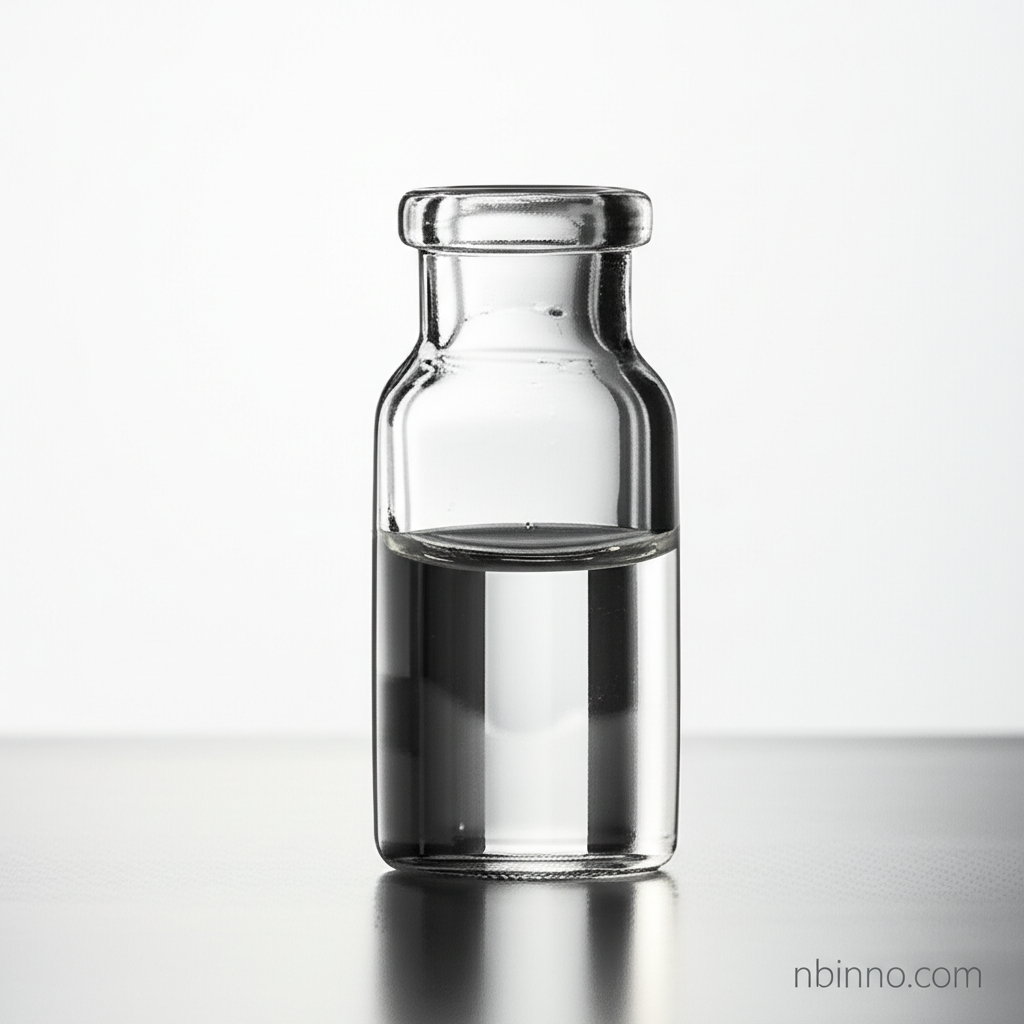Dibutyl Phthalate (DBP): Your Essential Guide to Properties, Applications, and Safety
Unlock the potential of DBP: discover its key properties, diverse applications, and important safety considerations.
Get a Quote & SampleProduct Core Value

Dibutyl Phthalate (DBP)
Dibutyl phthalate (DBP) is a versatile organic compound widely utilized as a general-purpose plasticizer. Its primary function is to enhance the flexibility and processing capabilities of various polymers, making it indispensable in numerous industrial applications. DBP's excellent fluidity and dispersibility ensure its effective integration into formulations, leading to improved product performance and workability. It serves as a critical component in manufacturing durable and flexible materials across several sectors.
- Explore the diverse dibutyl phthalate applications in paints and coatings, where its solvency and plasticizing properties enhance film formation and adhesion.
- Discover why buy dibutyl phthalate CAS 84-74-2 is a common search for manufacturers seeking a reliable chemical intermediate for polymer processing.
- Understand the critical dibutyl phthalate chemical properties that make it suitable for improving product softness and flexibility in plastics and rubber.
- Learn about the dibutyl phthalate uses in adhesives and inks, where it contributes to viscosity control and improved application characteristics.
Key Advantages Offered
Enhanced Material Flexibility
As a leading plasticizer, DBP significantly improves the flexibility of various polymers, enabling the creation of pliable and resilient products essential for numerous consumer and industrial goods.
Excellent Processing Aid
The superior fluidity and dispersibility of DBP contribute to easier and more efficient processing of resins, reducing manufacturing complexities and enhancing overall production efficiency for manufacturers.
Broad Compatibility
DBP demonstrates good compatibility with pigments and other chemical ingredients, allowing for effective coloration and formulation adjustments in products like artificial leather and plastic items.
Key Applications
Plasticizer for Polymers
Dibutyl phthalate is a crucial plasticizer for polyvinyl chloride (PVC) resin, enhancing its flexibility and making it suitable for products such as floor and wall coverings, and car interiors. This makes buying dibutyl phthalate a key decision for many plastic manufacturers.
Paints and Coatings
In paints and lacquers, DBP acts as a plasticizer and solvent, improving solubility, dispersibility, and adhesion. Its role in paints and coatings is vital for achieving smooth finishes and durable protective layers.
Adhesives and Printing Inks
DBP is used in the formulation of adhesives and printing inks to improve workability and application properties. Its stability and flex resistance make it a preferred choice in these demanding applications.
Cosmetics and Personal Care
Historically used in nail polish as a solvent and plasticizer, DBP's application in cosmetics is now restricted in many regions due to health concerns. However, understanding its role in these products is important.
